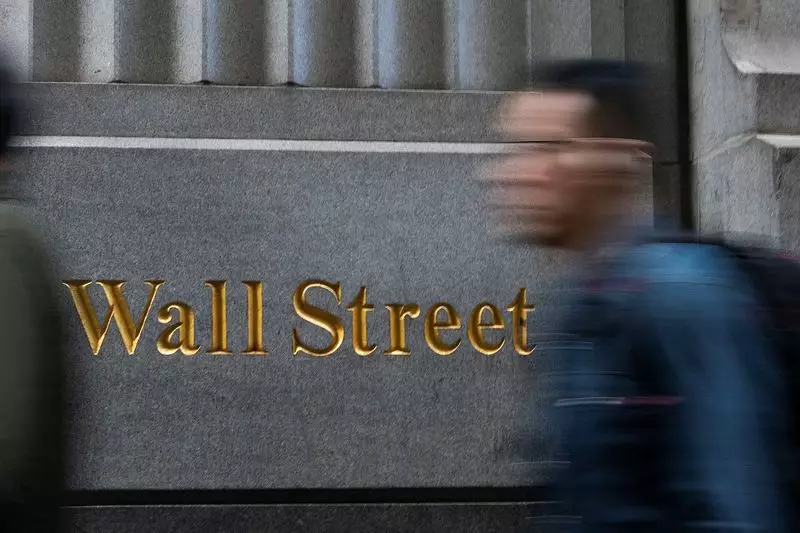In a striking display of investor confidence, Wall Street witnessed the Nasdaq index taking the lead on a notable Wednesday. The catalyst for this uptick? A resounding quarterly performance from the streaming behemoth Netflix. Not only did Netflix post record subscriber numbers for the holiday season, but it also utilized this momentum to increase its service prices, sending its stock soaring by an impressive 13.1%. This surge positioned Netflix as a trailblazer in the media industry, further distancing itself from its competitors. Additionally, this positivity rippled through the S&P 500’s communication services sector, which also enjoyed a substantial 1.5% increase due to Netflix’s success.
Analysts are buzzing with enthusiasm, emphasizing that Netflix’s ability to consistently deliver compelling content while exploring new revenue streams, such as advertising, places it in an elite category among its peers. “Netflix is not merely keeping pace; it is setting the pace,” remarked Sam Stovall, a prominent figure in investment strategy. This sentiment captures the essence of how significant Netflix’s contributions have been not only to its own stock but also to a broader market recovery.
Adding to the markets’ upbeat atmosphere was President Trump’s announcement of a staggering $500 billion investment aimed at bolstering artificial intelligence infrastructure through collaborations with Oracle, OpenAI, and SoftBank. While the specifics of the funding remain somewhat elusive, the mere proposal ignited a positive sentiment among tech stocks. Firms like Oracle saw a 5.1% uptick in their stock price, while well-established players like Microsoft and Nvidia benefited too, with their stocks rising by 2.2% and 4% respectively.
This political signal indicates a supportive stance towards tech innovation, which analysts like Stovall consider vital for long-term market growth. Pushing for such substantial investments is a clear message of a pro-business agenda and could, in theory, amplify investor reassurance. The intersection of technology and investment is increasingly viewed as critical for a thriving economy, especially with an eye toward recovery post-pandemic.
Reflecting broader economic trends, the Dow Jones Industrial Average and the S&P 500 have also reached significant heights, bolstered by easing Treasury yields and a buoyant consumer environment. Data indicating strong economic performance alongside declining inflation has provided investors with renewed risk appetite. This positive trajectory, however, does not come without its caveats. The specter of looming tariffs, poised to potentially affect trade with major economies such as China, Canada, and the EU, serves as a constant reminder of the inherent risks still lurking in the financial landscape.
With the Federal Reserve preparing for its upcoming meeting, market watchers are speculating about the possibility of maintaining current interest rates, coupled with anticipations of a future rate cut by July. Such moves could further influence investor behavior, fostering an atmosphere of caution despite an overall optimistic market narrative.
In the midst of an overall upward trend in the indices, not all corporate results have been favorable. Industry giants like Johnson & Johnson and Ford faced their challenges. Johnson & Johnson experienced a slight decline of 3.5% despite exceeding fourth-quarter estimates, indicating the unpredictable nature of market responses to earnings news. Ford, following a stock downgrade from Barclays, fell by 3.3%, illustrating that sector-specific troubles can counteract broader market gains.
Moreover, despite the S&P 500 posting numerous highs, the decline of certain companies, such as Textron and Halliburton, reveals that while the market sentiment is broadly positive, certain sectors remain vulnerable to pressures that could undermine overall gains.
While Wall Street is riding high on tech-driven enthusiasm and promising economic indicators, the market remains a complex tapestry of opportunities and risks. Investors must navigate this landscape with a balanced perspective, acknowledging both the boosts from current tech advancements and the cautions advised by potential political and economic pitfalls.

